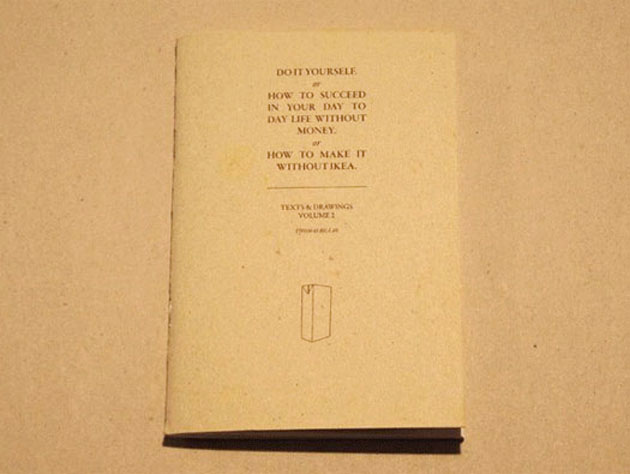DIY – Can We Make It On Our Own?
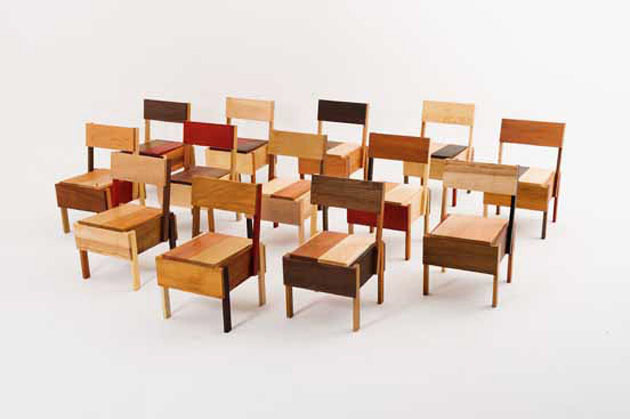
There’s no need to say that the modern man is a lazy beast. While our brains are getting more and more fuzzy, our hands are becoming a mouse shaped claws. While our lives were getting more and more comfortable, we were left our homo habilis nature sink into oblivion. While our fathers were able to build houses from scratch, we get anxious at changing a lightbulb. The materialist culture has taken away our autonomy, depriving us of the happiness only crafting things with our hands could bring.
The recent ‘revival’ of DIY culture is only a myth or pure fashion, as we still rush to Ikea as soon as we need a simple shelf or a working desk. Even though probably we are all fed up with the DIY preaching, it doesn’t seem to have taken real effect on us. As the spring cleaning sessions have already begun, it should be important to remember that you can actually re-use stuff we want to get rid of and maybe even make something by ourselves.
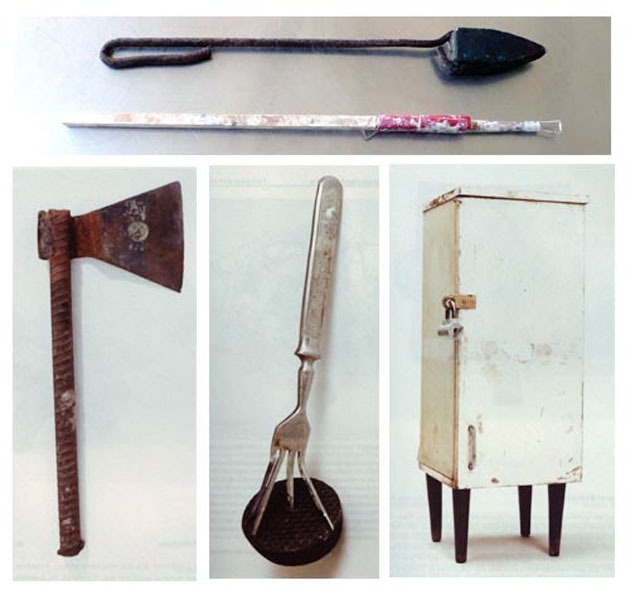
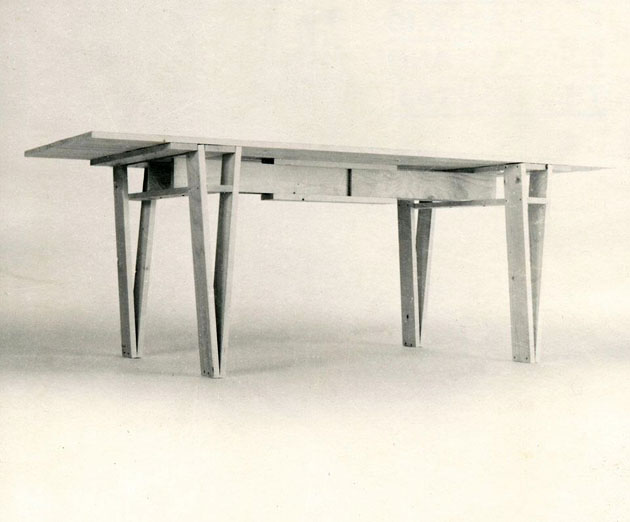
Among the endless DIY book list, there are three we feel you should be looking at. The first in order of appearance, given its recent publication, is Thomas Bilass‘s “How to Make it Without Ikea”. The second volume in the series isn’t that much about actual practical advice, but more about teaching us how to think outside the box, doming our materialist impulses and rethinking our daily routines.
Scaling up on the list, we can’t but remember Vladimir Arkhipov‘s “Home-Made: Contemporary Russian Folk Artefacts” book. The russian collector has gathered an enormous archive of anonymous objects that people made for themselves, conditioned by limited resources and an overabundance of problem-solving spirit.
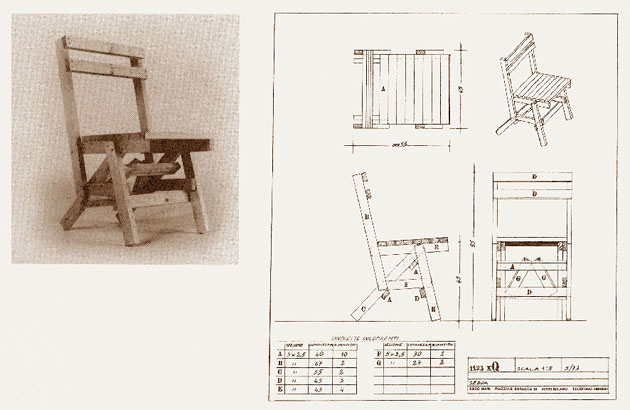
Last but not least, even though you might have it over the top, Enzo Mari‘s “Autoprogettazione” can’t be left out. With the recent “Autoprogettazione Revisited” and “Autoprogettazione 2.0″ (to be presented this year during the Salone in Milan) it remains a true Bible. Not only because of the quality of Mari’s projects, but because its true intent was building awareness regarding the process of design while crafting these beautiful objects.
Arrived at this point, we cannot avoid quoting Richard Sennett: “craftsmanship names the basic human impulse to do a job well for its own sake, and good craftsmanship involves developing skills and focusing on the work rather than ourselves.”
